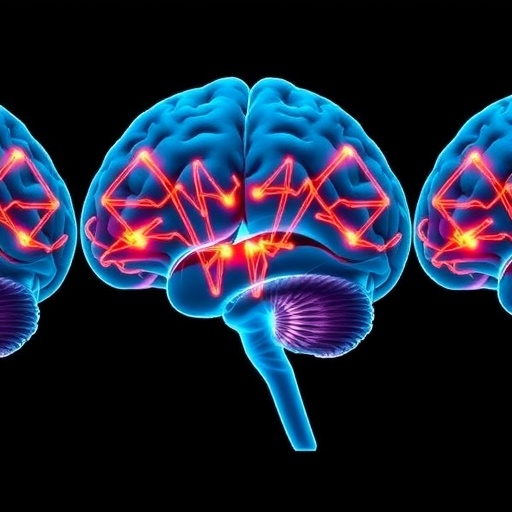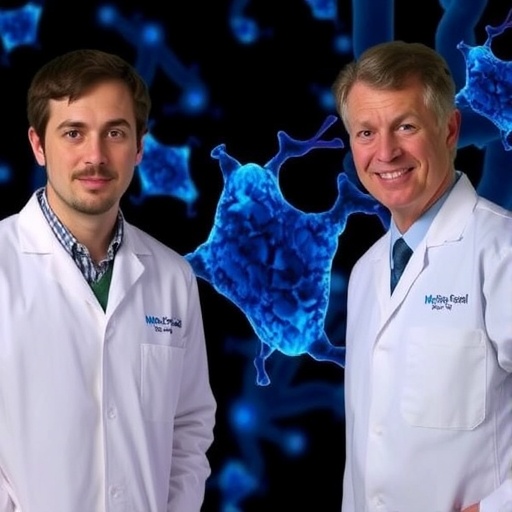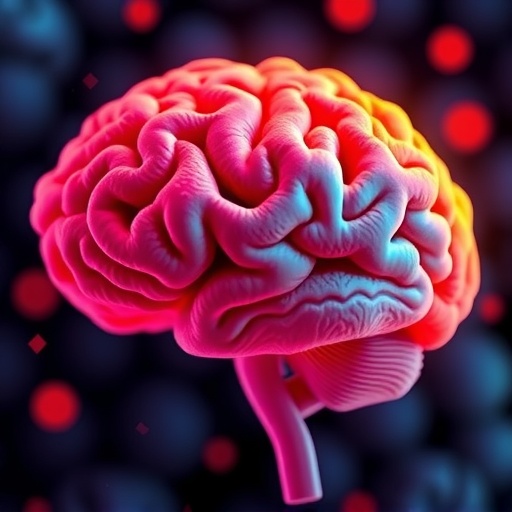Deep brain stimulation (DBS) has emerged as a groundbreaking intervention, drastically improving the conditions of individuals afflicted with movement disorders such as Parkinson’s disease and dystonia. This sophisticated therapeutic approach involves delivering electrical impulses to specific brain regions, effectively mitigating motor symptoms and enhancing patients’ overall quality of life. However, the scope of DBS is expanding beyond the conventional applications, with ongoing research investigating its potential to address a multitude of other challenging brain disorders, including treatment-resistant obsessive-compulsive disorder (OCD), Alzheimer’s disease, and even depression. As the intricacies of brain functionality become clearer, the advancements in DBS techniques continue to transform neurological care.
Currently, two pivotal advancements in the DBS landscape are reshaping its implementation and effectiveness: adaptive DBS and connectomic DBS. Adaptive DBS embodies an innovative paradigm shift, utilizing real-time brain activity monitoring to tailor stimulation settings to the acute needs of the patient. This dynamic responsiveness promises not only to enhance symptom management but also to minimize side effects associated with traditional, fixed stimulation parameters. By leveraging brain signals, adaptive DBS systems can infer the immediate state of a patient’s symptoms, delivering precise interventions when they are needed most.
On the other hand, connectomic DBS focuses on the underlying neural circuits that govern specific symptoms. Rather than applying stimulation broadly across a brain region, connectomic DBS strategically identifies and targets particular circuits associated with symptom expression. This targeted approach enhances the efficacy of stimulation by ensuring that the appropriate neural networks are engaged to elicit the desired therapeutic effects. The integration of these two evolving methodologies represents a thrilling frontier in the fight against complex neurological disorders, offering new hope for patients who have long been constrained by their symptoms.
In this context, the concept of adaptive circuit targeting emerges as a unifying framework that seeks to amalgamate the advantages of both adaptive DBS and connectomic structures. This approach leverages advanced decoding algorithms to interpret brain signals, allowing clinicians to assess symptom severity in real time. Consequently, the most relevant neural circuits can be activated, establishing a direct line of response that is tailored to the patient’s unique clinical presentation. This synergy not only enhances the effectiveness of DBS but also presents opportunities for personalized treatment regimens that could significantly improve patient outcomes.
As the fields of adaptive and connectomic DBS evolve, researchers are keen to identify and address the existing gaps in understanding. Data on patient responses, individualized neural circuit mapping, and the integration of artificial intelligence in treatment protocols must be robustly developed. The potential to create a fully adaptive circuit targeting system relies on the accumulation of knowledge regarding how various stimuli impact distinct neural pathways, which is still an area rich with inquiry and discovery.
One critical avenue of exploration lies in the development of sophisticated machine learning algorithms that can enhance the real-time capabilities of adaptive DBS systems. These algorithms can refine the process of symptom detection, ensuring that feedback loops between brain activity and stimulation settings are not only efficient but also predictive. By anticipating the onset of specific symptoms based on historical data, adaptive DBS could evolve from a reactive to a proactive therapy, placing the power to control symptoms back in the hands of patients.
Furthermore, the interplay between connectomic analysis and adaptive stimulation gives rise to new insights into the brain’s plasticity. Understanding how the brain adapts to stimulation over time is crucial for optimizing therapeutic strategies, ensuring that patients can maintain symptom control without adjusting to the stimulus or developing tolerance. This ongoing investigation into neural plasticity could enhance the long-term viability of DBS interventions and may even reveal new targets for stimulation or complementary treatments.
As researchers continue to push the boundaries of DBS technology, patient-centered considerations remain paramount. The therapeutic journey of patients undergoing DBS is often imbued with challenges, including potential side effects, surgical risks, and the psychological weight of living with a chronic disorder. Thus, fostering a collaborative dialogue among neurologists, neurosurgeons, and patients is fundamental to refining these emerging therapies. Patients should be seen not merely as recipients of treatment but as integral partners in their therapy journey, providing invaluable insights into the subjective experience of deep brain stimulation.
Not only does effective treatment hinge on the technological aspects of DBS, but it is also contingent upon comprehensive support systems that facilitate holistic care. Comprehensive follow-up strategies that include counseling, physical rehabilitation, and ongoing symptom management tackle the multifaceted nature of movement disorders. This multifactorial approach ensures that patients are not solely reliant on electrical impulses for relief, but are also equipped with strategies to manage their condition in daily life.
In conclusion, the integration of adaptive DBS with connectomic principles through adaptive circuit targeting signifies a revolutionary step forward in neuroscience and psychiatry. This interdisciplinary framework, enriched by high-tech innovations and deep-rooted psychological insights, stands to redefine how we perceive, diagnose, and treat complex neurological disorders. By harnessing real-time data and targeted neural circuit stimulation, the future of DBS therapy is not just about managing symptoms. It is about empowering patients to reclaim their lives, offering tailored solutions that adapt to the ever-evolving landscape of brain health.
As this exciting field continues to develop, the promise of adaptive circuit targeting illuminates a pathway toward more effective, personalized treatments for debilitating conditions. Ultimately, the union of cutting-edge technology, neural circuit understanding, and patient-centric care will pave the way for breakthroughs that could transform neurotherapeutics for generations to come. The journey is only beginning, but the horizon is promising, inviting us all to reimagine the potential of deep brain stimulation.
Subject of Research: Deep Brain Stimulation and its Advances
Article Title: From adaptive deep brain stimulation to adaptive circuit targeting
Article References:
Horn, A., Neumann, WJ. From adaptive deep brain stimulation to adaptive circuit targeting.
Nat Rev Neurol 21, 556–566 (2025). https://doi.org/10.1038/s41582-025-01131-5
Image Credits: AI Generated
DOI: 10.1038/s41582-025-01131-5
Keywords: Deep Brain Stimulation, Adaptive DBS, Connectomic DBS, Brain Disorders, Neural Circuits, Practical Applications, Personalized Treatment, Machine Learning, Neural Plasticity.
Tags: adaptive deep brain stimulation techniquesconnectomic approaches in brain stimulationDBS for Alzheimer’s disease therapydeep brain stimulation advancementselectrical impulses for neurological treatmentenhancing quality of life with DBSfuture of neurological care with DBSinnovative strategies in depression treatmentovercoming movement disorders with DBSreal-time brain monitoring for therapytargeted circuits in neuromodulationtreatment options for obsessive-compulsive disorder





